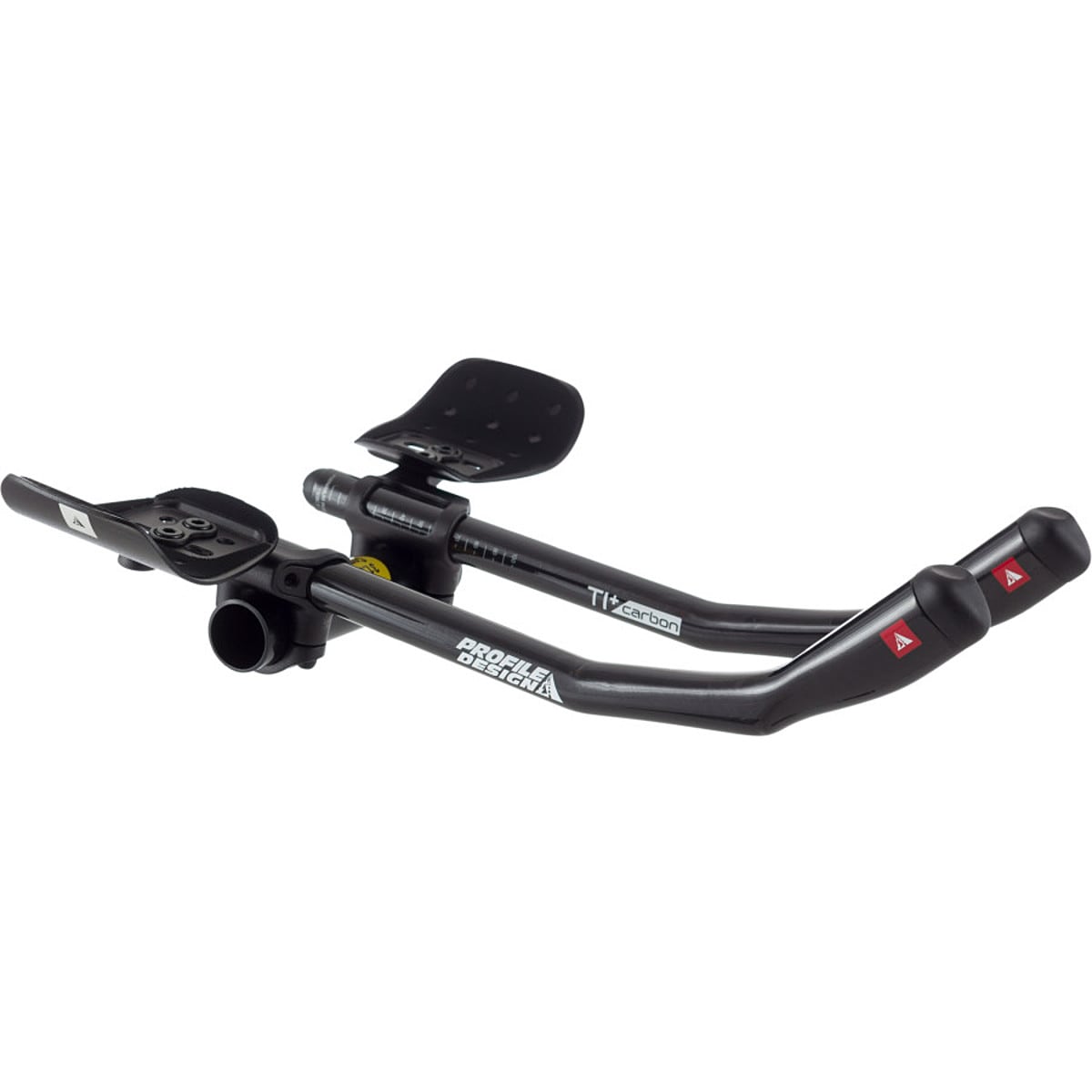
|
Profile Design continues to push the boundaries of aerobars, even though it effectively invented them decades ago. The T1 Carbon Aerobars have been selected as the official aerobar of the Ironman Triathlon, and given that they include a carbon fiber construction and Profile's brand new F 35 armrests and J4 brackets, it's no wonder why.Profile Design constructed the T1 Carbon bars from a unidirectional carbon fiber. Why unidirectional Well, compared to a woven carbon fiber, unidirectional carbon is oriented as it sounds, with one direction, or on one axis. Compared to woven layups, unidirectional fibers provide higher levels of rigidity, while also improving the characteristic of vibration dampening. The Viper bars use an anatomic ski bend with 0mm of drop in order to minimize discomfort at the wrist. The handlebar clamps, made from forged 6061 T6 aluminum, tighten to the bars separately from the extensions. These clamps are separate from the armrests, so you're able to first determine the width that you're comfortable riding with. Afterwards, you set the length of the extensions, and then adjust the armrests to your desired position. And since the armrest clamp is round and clamps onto a round tube, you're able to adjust the cant of the armrests. Essentially, this provides some height adjustment, while also allowing you the opportunity to have the armrests tilted either inward or outward. For those who prefer a narrow position, having the armrests tilted upward toward the stem provides a secure feeling. The armrest clamps, known as J4 brackets, are also able to be moved fore and aft on the extensions themselves.J4 brackets allow you to set the 16mm thick F 35 anatomic armrests at two different widths, as well as to adjust the angle of the rests and to set three fore and aft positions. People who prefer a wider position often like to rotate the rests so that they're cradling and guiding their forearm in the direction of the extension. The J4 iteration of bra...
|



 Blog Feed
Blog Feed Follow on Twitter
Follow on Twitter Become a Facebook Fan
Become a Facebook Fan Flickr
Flickr MySpace
MySpace